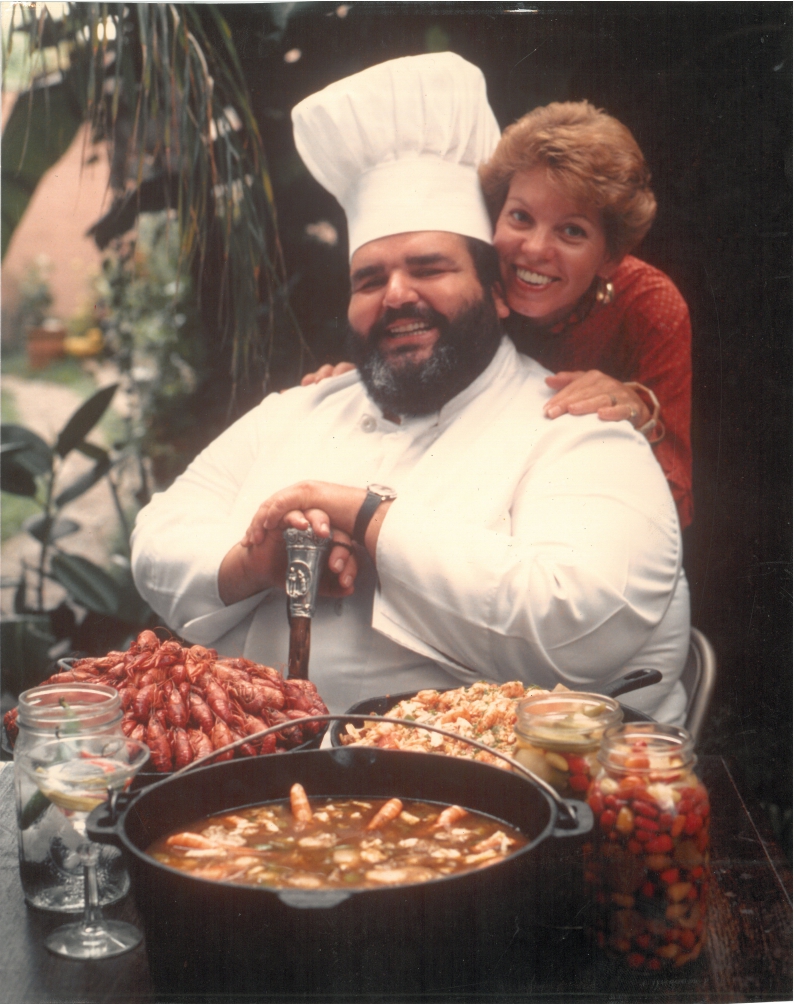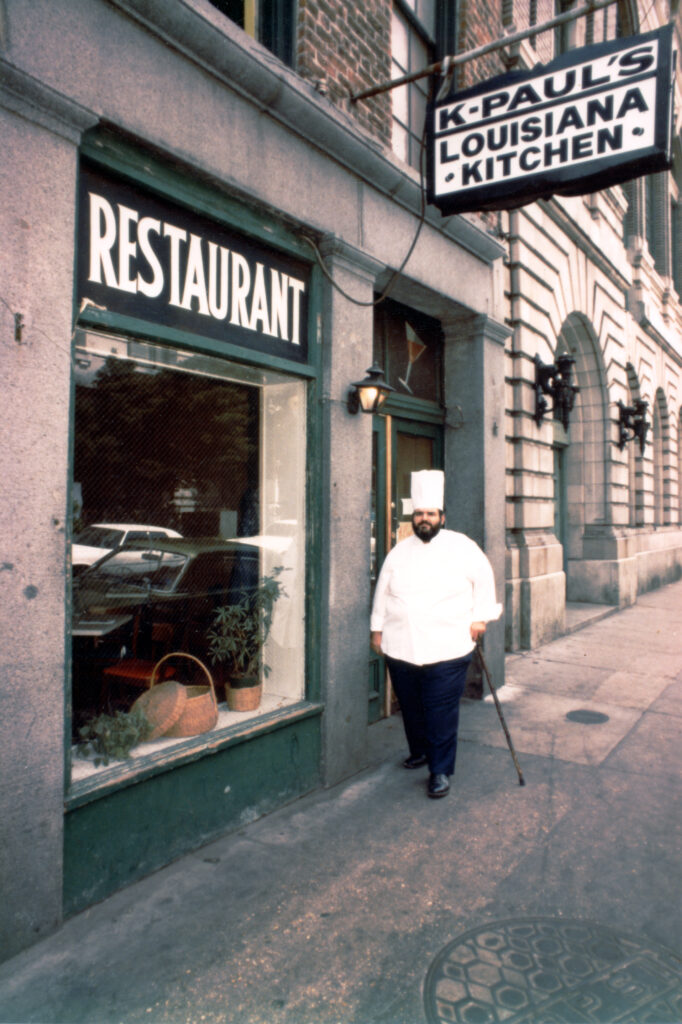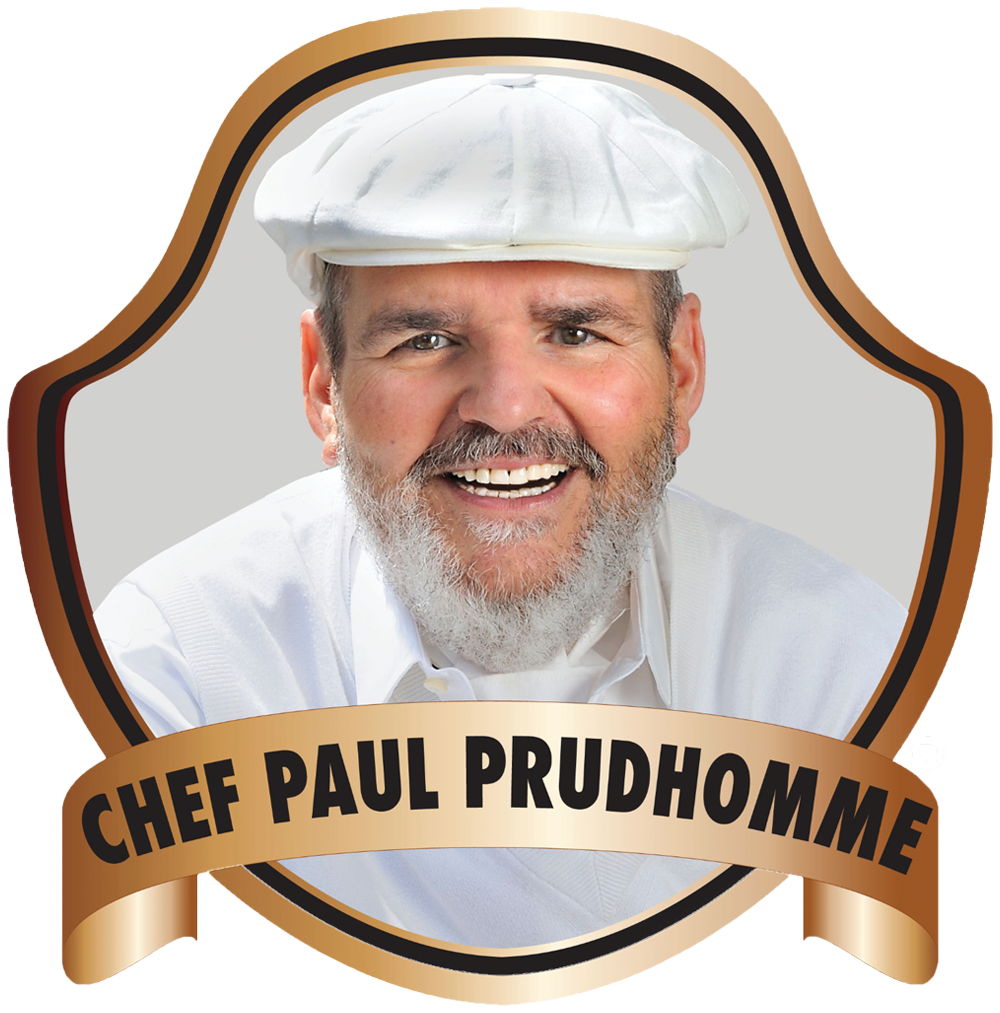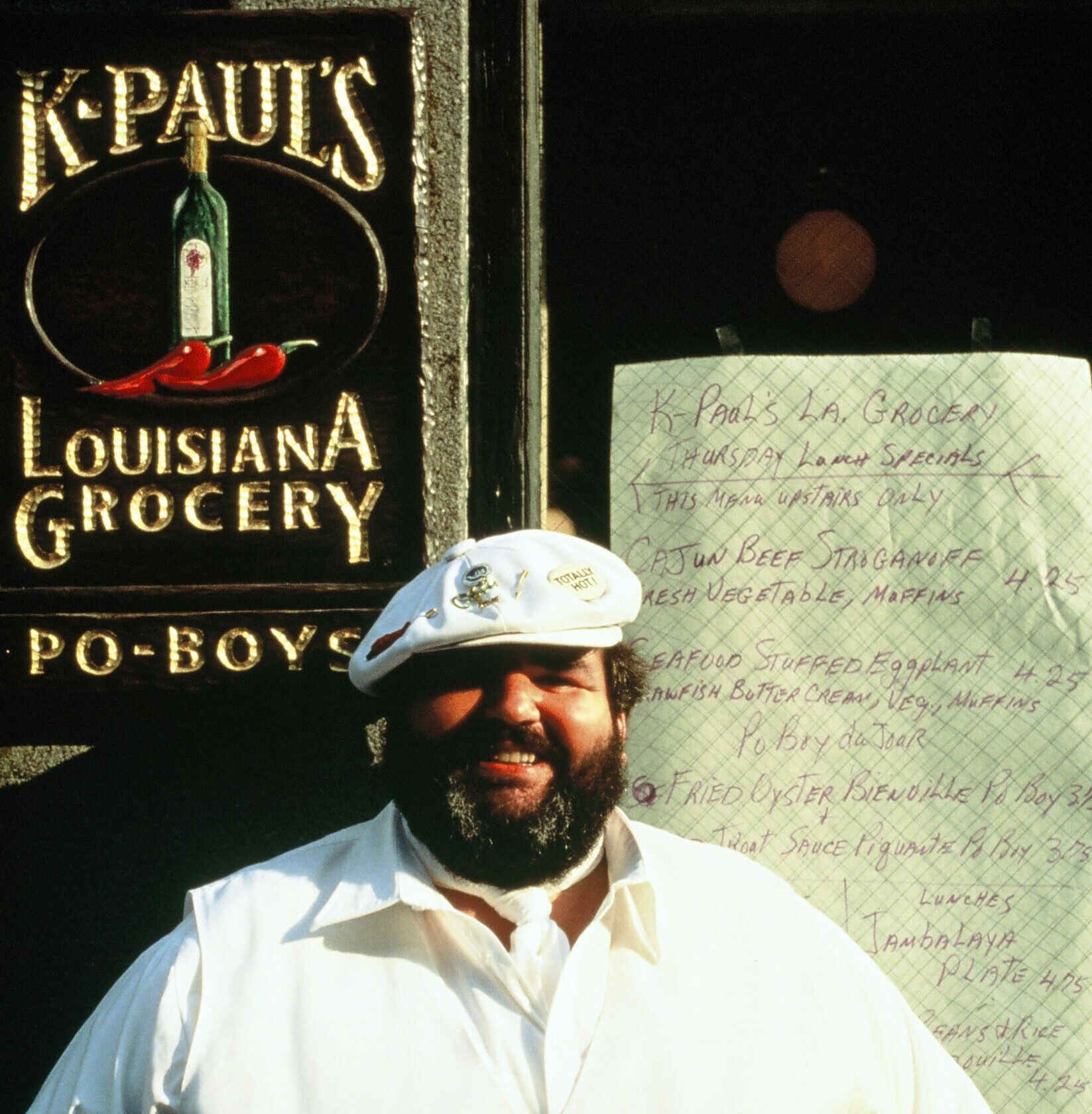A Humble Beginning
In the heart of New Orleans’ French Quarter, a culinary revolution was brewing. On July 3, 1979, Chef Paul Prudhomme, along with his wife Kay “K” Hinrichs Prudhomme, opened the doors to K-Paul’s Louisiana Kitchen. Their initial vision was modest – a casual local eatery in a tiny space on Chartres Street. “The rent was cheap. The rent was 50 bucks a month,” Chef Paul told The Times-Picayune in 2005. “That included the tables and the chairs and the counter and the bar and the refrigeration and the stove and everything in the kitchen.”

That first day was remarkably humble. Kay’s parents helped out, with her father tending the bar and her mother bussing tables. Sandy Hansen, one of just two original staff members alongside Kay, placed paper napkins and single forks at each place setting. They simply opened the doors and, as Sandy recalls in a conversation with Poppy Tooker on Louisiana Eats, “let it rip.” The first customers trickled in. But something magical was happening – those initial diners came back the next day, bringing friends. Word was spreading.
A New Kind of Kitchen Culture
The early days of K-Paul’s captured the raw energy of a culinary revolution in progress. “It was a real dump,” Chef Paul recalled in the same interview. “The chairs was wobbly. The tables were uneven. But I liked it.” The kitchen was tiny, and they worked with mismatched equipment. But this humble space was about to change American cuisine forever.
The restaurant’s improvisational spirit became its signature. As Frank Brigtsen, the first night chef, remembered: “Back then, we had no recipes. None. Ever. No pieces of paper. It was all done by taste.” In those first months while still working at Commander’s Palace, Chef Paul would call in to the wall phone by the stove. “He created sauces over the phone: ‘Do this, do that,'” Brigtsen recalled. Before each service, every cook had to bring samples of their dishes for tasting. If it wasn’t right, they fixed it until it was perfect.
Creating Community Through Food
The front of house, under Mrs. Prudhomme’s leadership, developed its own unique culture. The original waitstaff formed deep bonds, creating an atmosphere of joy and irreverence that became part of the K-Paul’s experience. Customers who didn’t get playfully teased by the staff felt they’d missed out on part of the experience. The communal seating – born of necessity but transformed into a signature element – created unforgettable moments. One night, a couple from Iowa might share a table with members of Talking Heads, not realizing they were dining with rock stars until they were invited to that night’s concert.
K-Paul’s broke all the traditional rules of fine dining. There were no reservations, no credit cards accepted. The menu changed daily. Inside, the food coming from that tiny kitchen with just 64 seats was unlike anything else in America – deeply authentic yet innovative, rustic yet refined.

Growing Into a Legend
As word spread, the lines grew longer. What started as 30 or 40 covers a night soon grew to 80, then 100, then 120. Chef Paul eventually left Commander’s Palace to dedicate himself full-time to K-Paul’s. The restaurant expanded upstairs, running two kitchens with four shifts, still creating everything fresh daily without written recipes. One day, Paul gathered his wait staff and told them something profound: “It’s very seldom you get to be part of something that makes a difference.” They were doing more than serving meals – they were changing how America thought about food. K-Paul’s wasn’t just a restaurant; it was proving that authentic regional American cuisine could stand proudly alongside any culinary tradition in the world.
The tiny kitchen on Chartres Street had become ground zero for a revolution in American cooking, one that would influence chefs, restaurateurs, and food lovers for generations to come. And they were just getting started.


